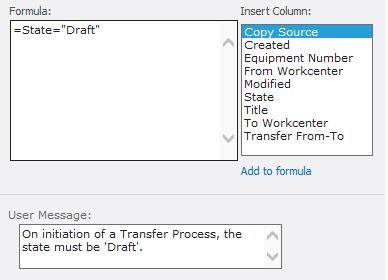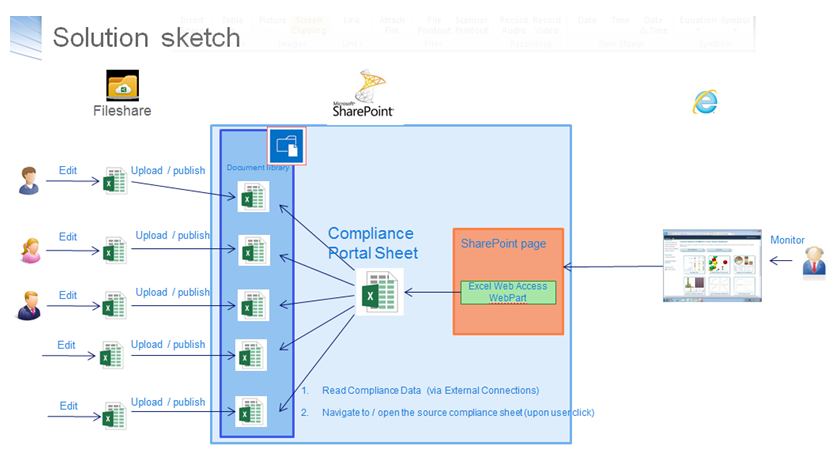The SharePoint productteam augmented with some MVPs, hosted a SharePoint YamJam tonight. A.o. Bill Baer and Benjamin Niaulin were present to answer questions and share additional insights on what has been presented previous week at MS Ignite. Below I've summarized my main takeaways from the interesting YamJam.
[Bill Baer]
For NextGen Portal experiences such as Delve, Video, etc. we're investing in bringing them to our on-premises customers via hybrid scenarios as many take dependencies on technologies we cannot package on a DVD, I.e. WAMS, Office Graph, etc.
[Benjamin Niaulin]
You'll want to start using Groups for Office 365 as much as possible for Team Collaboration as a lot of things will tie in to it, including the new portal. Get familiar with Delve right away.
[Bill Baer]
SharePoint Designer will not be shipped with SharePoint 2016; however, SharePoint Designer 2013 can be used with SharePoint 2016.
[Bill Baer]
SharePoint social capabilities as designed and delivered in SharePoint 2013 will be carried forward into SharePoint 2016 in addition to new integrated Yammer experiences thru hybrid to include Post to Yammer, etc. from SharePoint Document Libraries.
[Bill Baer]
In SharePoint Server 2016 updates are orchestrated differently mitigating the offline upgraders as experienced in earlier versions of SharePoint, we're moving to a B2B online upgrade model that alleviates the need for post-patch experiences.
We'll share more details soon, at a high level patching remains thru MSPs (w/ significant reduction), but now with 0 downtime, removing dependencies between FE and BE components and now upgraders are all done online.
[Benjamin Niaulin]
Important: InfoPath Forms Services will be in SP2016 but not InfoPath client.
My experience, though it may change: When I installed Office 2016 it removed my InfoPath 2013 on my computer.
May have been a bug or something still being worked on.
[Bill Baer]
We'll continue to invest in broader availability of endpoints to support search scenarios, particularly connectors, and deliver on the connectors we already ship. In addition we're shipping some new APIs to support surfacing external sources in Delve (as demonstrated at \\build) and have a number of partners in our search TAP program that are actively building connectors using some of our new search experiences and endpoints.
[Mike Holste]
[Benjamin Niaulin]
I think it'll be hard to give as it'll vary based on each organizations needs. The SharePoint Team Site is still the "big" collaboration solution with many libraries, workflows, metadata, term store, etc... It's like the ECM.
Groups is more about Team Collaboration. It pulls things from different products and provides an easy to consume solution that works well from anywhere and on any device with the updates coming.
I have a Group for:
- Blogs
- A Specific project I am doing with others (O365 Guide)
- Sharegate Marketing (especially for Calendar and OneNote)
and anyone can create a new group and get started.
The Team Site is a little bigger and requires heavier thinking, Content Types, how to place everything so that it makes sense etc.
It'll come down to knowing SharePoint vs knowing O365 Experiences and compare to see which fits best for your customers individual needs.
The reality is the users in the organizations are already using other things all over the internet for free or low cost $ per user per month. Bypassing IT altogether.
Groups provides an alternative they can consume without having to go to IT to request a heavy duty Site that requires SharePoint Training (even though it's SharePoint behind it)
[Bill Baer]
On the development side, we'll continue to support FTC, invest more in hybrid apps via CAM, in addition to bringing much of the cloud experience to on-premises to draw parity between developing for the service and on-premises. Namely subscription apps, common consent, and Office 365 APIs as initial investment areas.

















